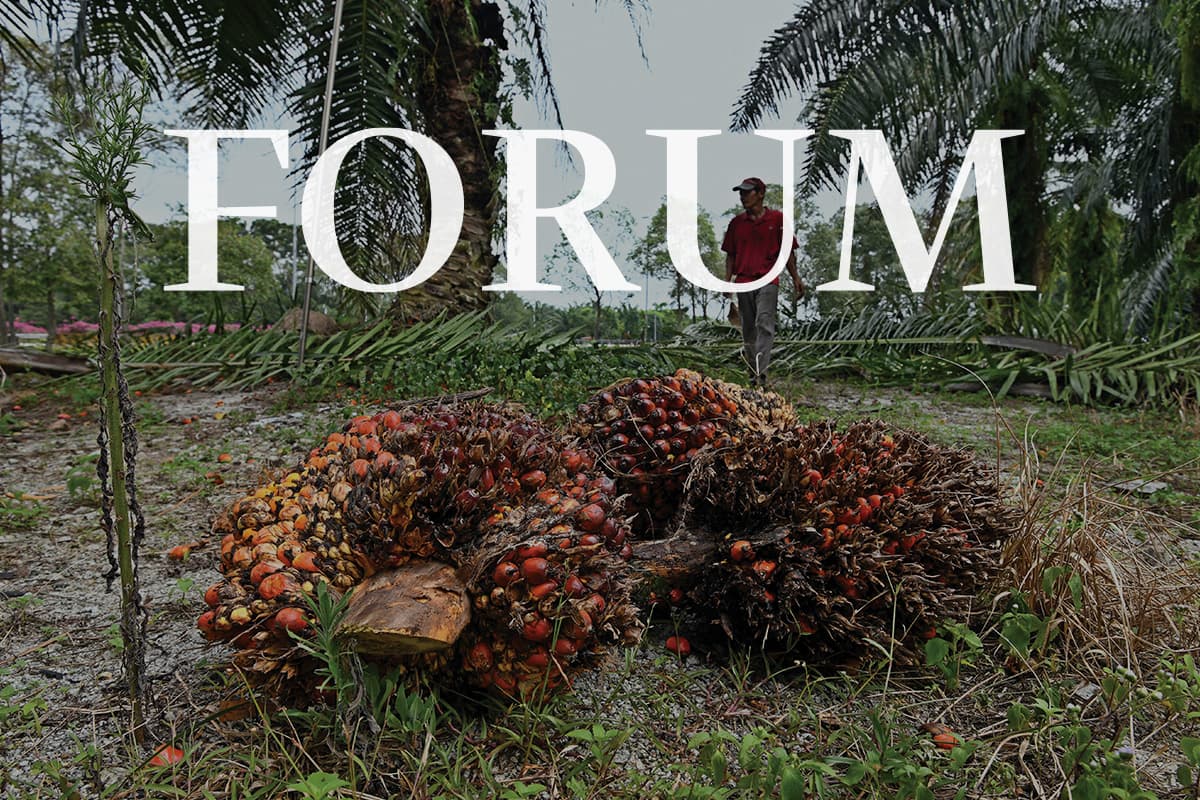
This article first appeared in Forum, The Edge Malaysia Weekly on April 12, 2021 - April 18, 2021
There is something wrong with agriculture in Malaysia. Even after independence, we still have locals owning small, uneconomic landholdings. The British were granted huge forest land to clear and grow rubber and, later, oil palm.
The great British companies developed huge estates of tens of thousands of acres. They were run by experienced estate managers. The labourers were imported from India. They did very well indeed.
Seeing their success, the locals began to plant rubber and, later, oil palm. But their holdings were small, generally about two or three acres. They tended their small farms by themselves, confining themselves to only one crop. Naturally, they did not do well. With such small holdings and without professional managers, they could hardly make ends meet.
The government responded with advice and subsidies. But the problems of the smallholders remained.
What everyone should have noticed was that we needed large estates to do well. Smallholdings cannot be efficient or economic. This is obvious. But we made no attempt to correct it. Also, we did not think of mixed farming to mitigate downturns.
It is time that we acknowledge these mistakes and correct them. Firstly, we need to make the holdings big. How do we do this? The obvious answer is to amalgamate the smallholdings so as to have a big enough estate.
Landowners will not like it. But models of large estates of, say, a thousand acres, should be developed by Mardi (Malaysian Agriculture Research and Development Institute) or some private enterprise. The thousand acres should be managed by trained farm managers with local labour.
Next, identify a suitable main crop, for example, rubber or oil palm. Only one third of the land should be planted with the main crop. The rest of the land should be planted with vegetables, quick-fruiting fruit trees such as melon, and other fruit trees such as pineapple, durian and guava. Perhaps a fish pond for tropical freshwater fish, goats and maybe two dozen heads of cattle.
At any one time, there should be something to sell. The produce can be sold locally, or an exporter can collect, from all the farms, the products for packaging and export.
The landowners should get a share equivalent to the size of their land from the profits made. They can choose to work or just enjoy the profits.
The universities should train farm managers. Once we have demonstrated the profitability of large farms and mixed farming, the smallholders would be more willing to have their small holdings amalgamated to form farms of a thousand acres or more.
Ownership of the land should remain with the landowners. They should retain their grants to assure them that they have not been expropriated.
There may be other ideas. But this proposal should be given a try. We import RM60 billion worth of vegetables a year. This project will not only secure our supply of vegetables but would save a lot of foreign exchange.
Today, rural poverty is a fact of life. It is largely due to the wrong agricultural practice. It is time that we change. I am proposing this change.
Tun Dr Mahathir Mohamad is a former prime minister of Malaysia
Save by subscribing to us for your print and/or digital copy.
P/S: The Edge is also available on Apple's AppStore and Androids' Google Play.